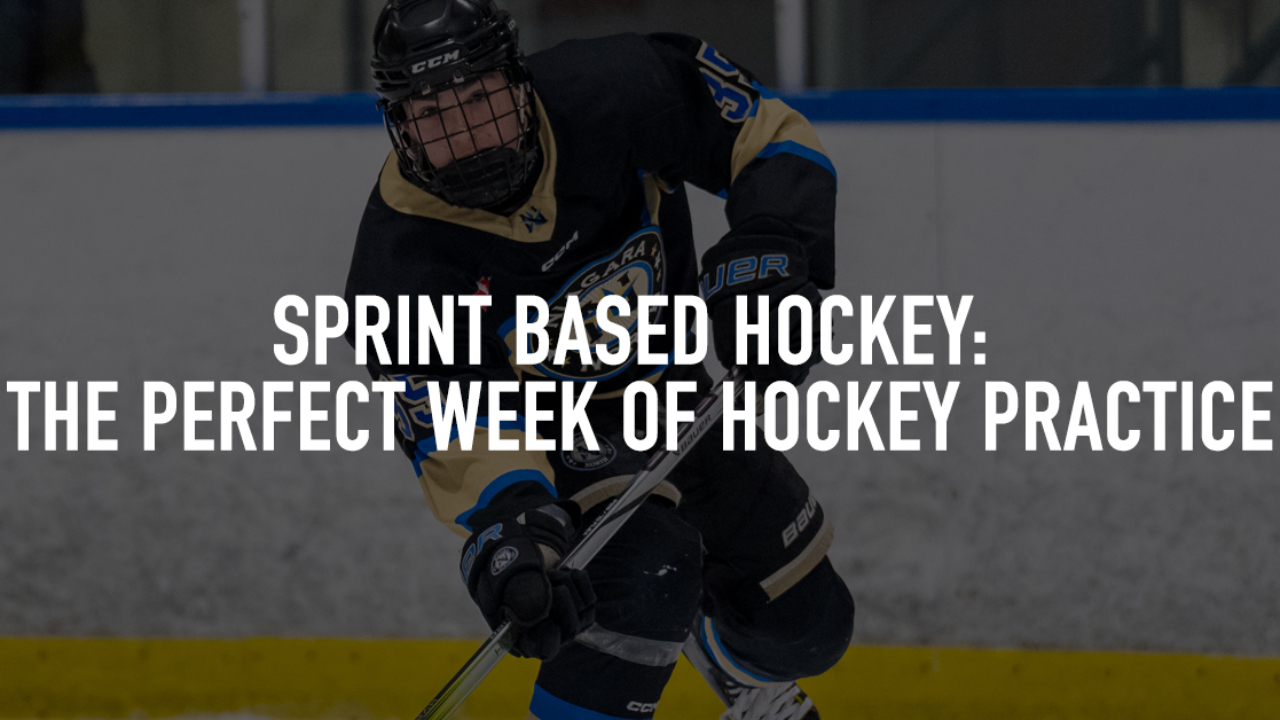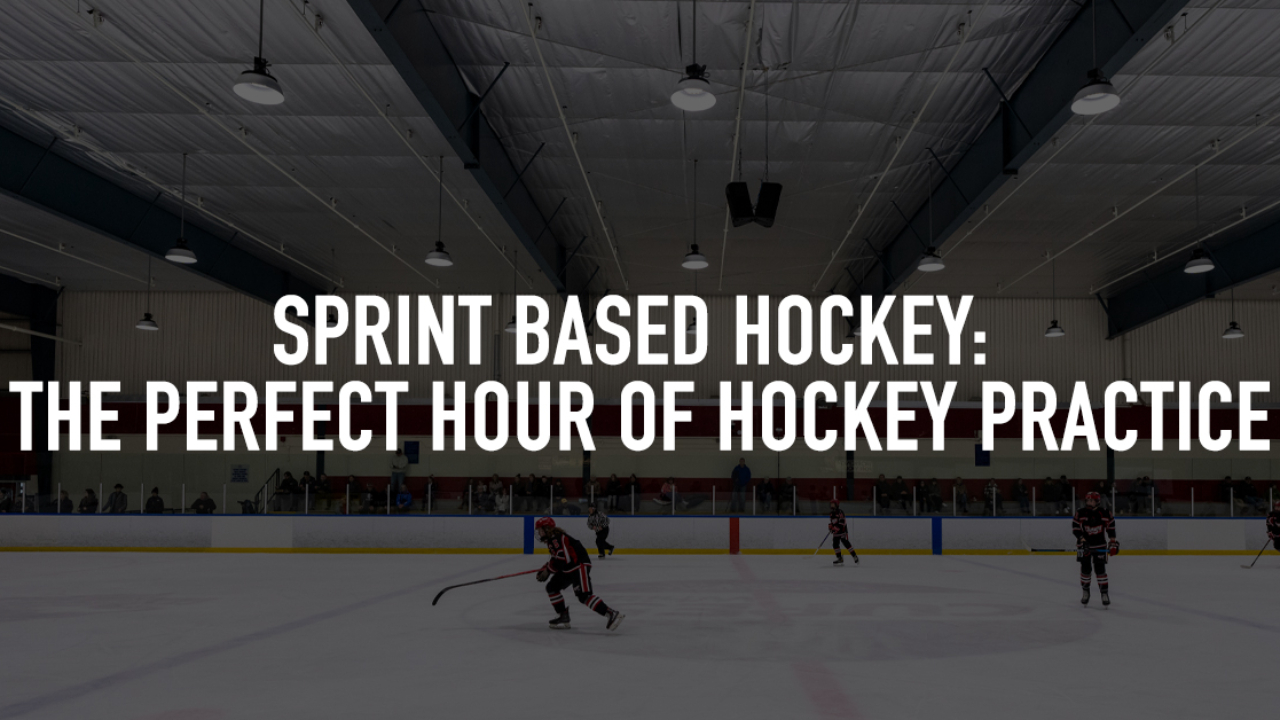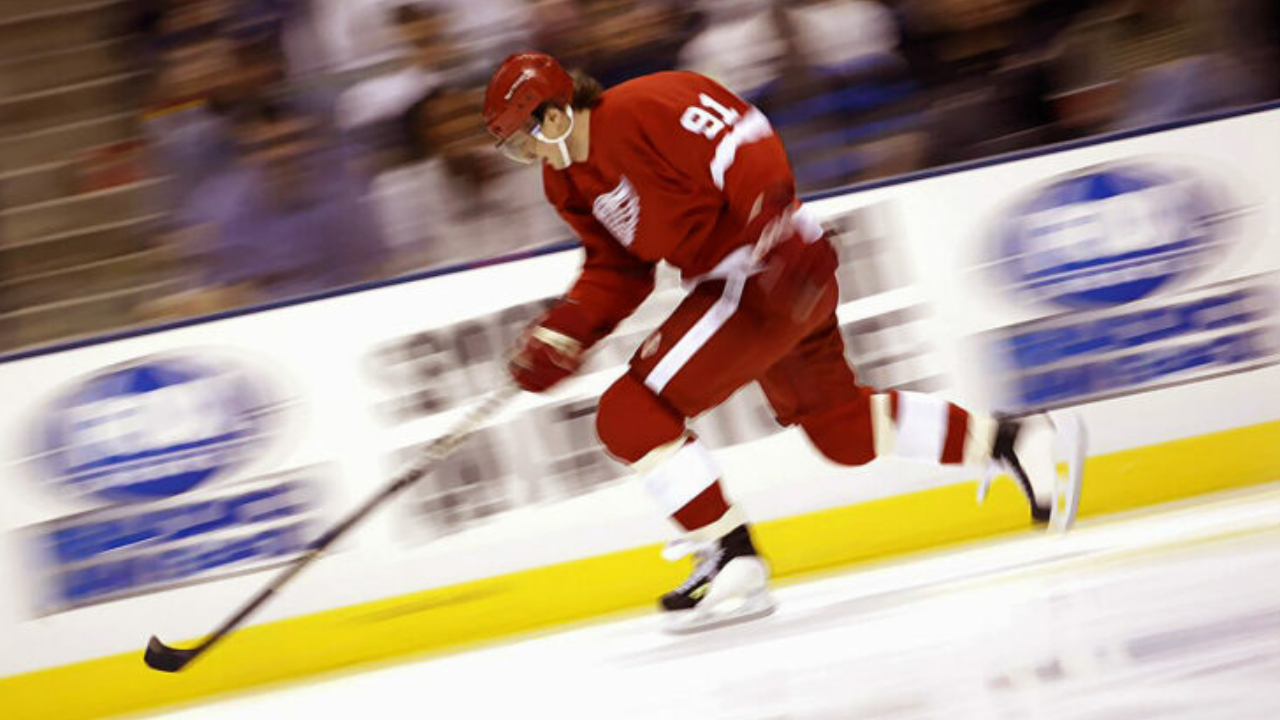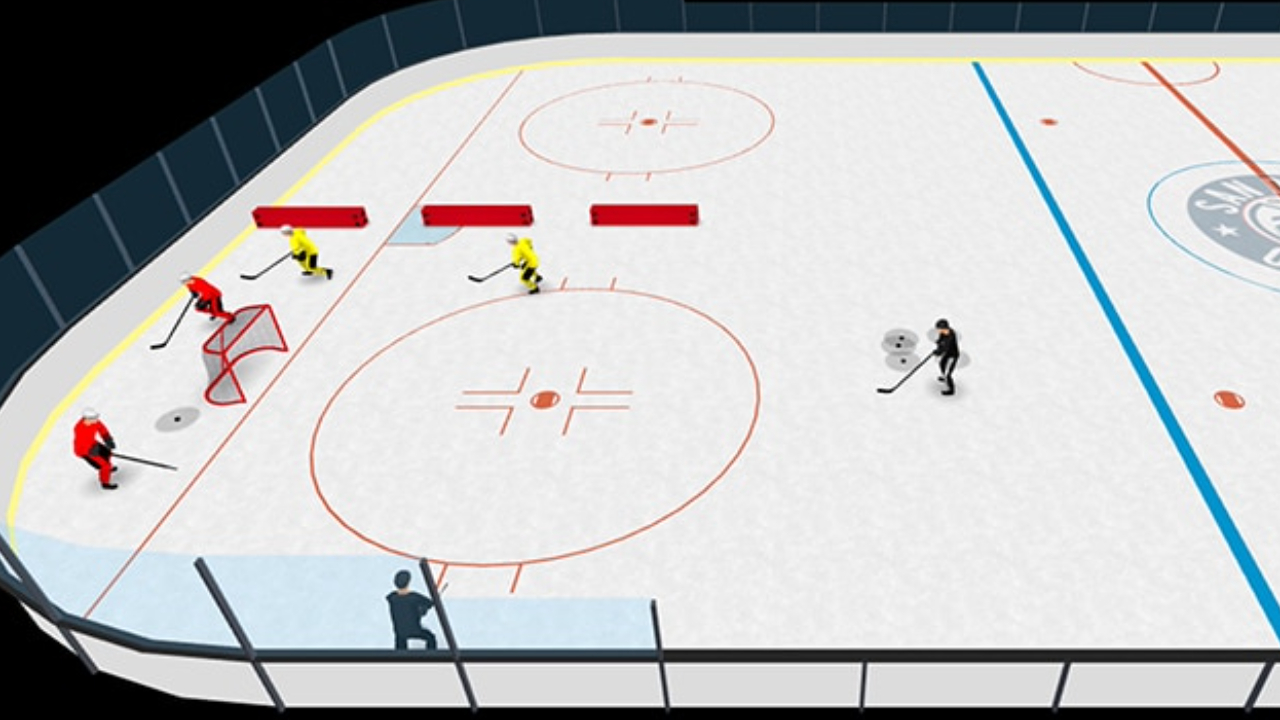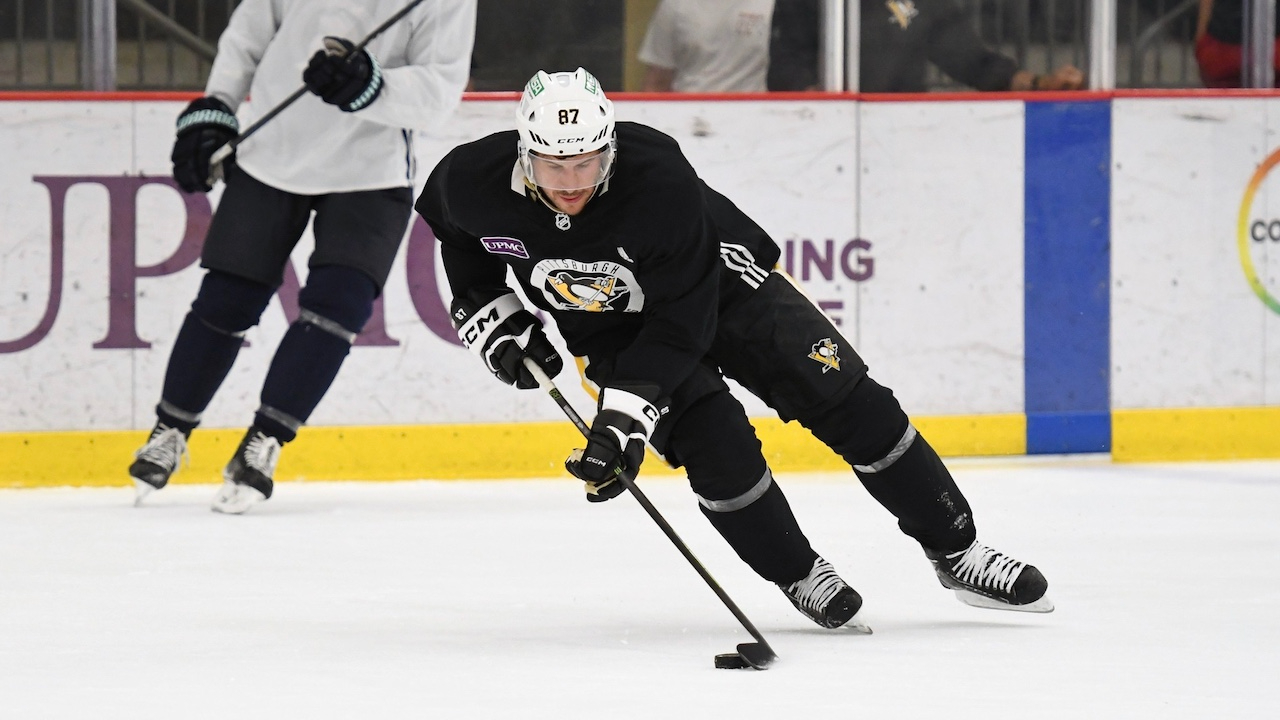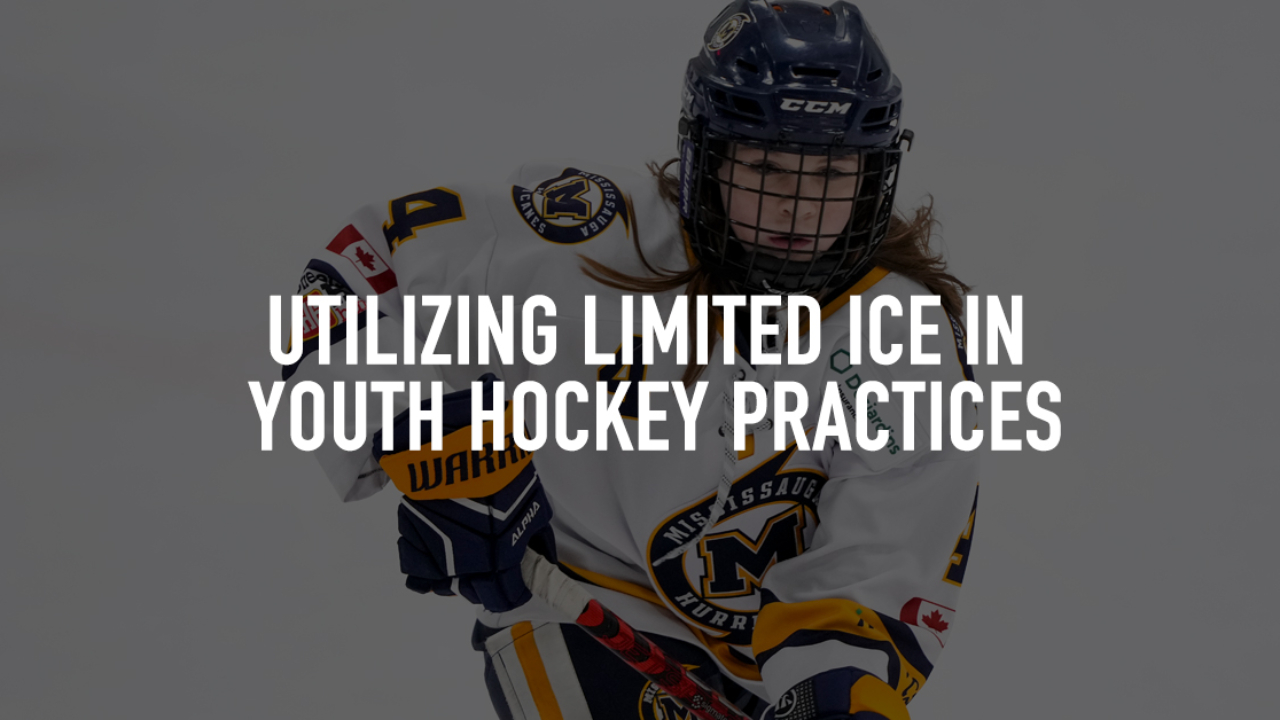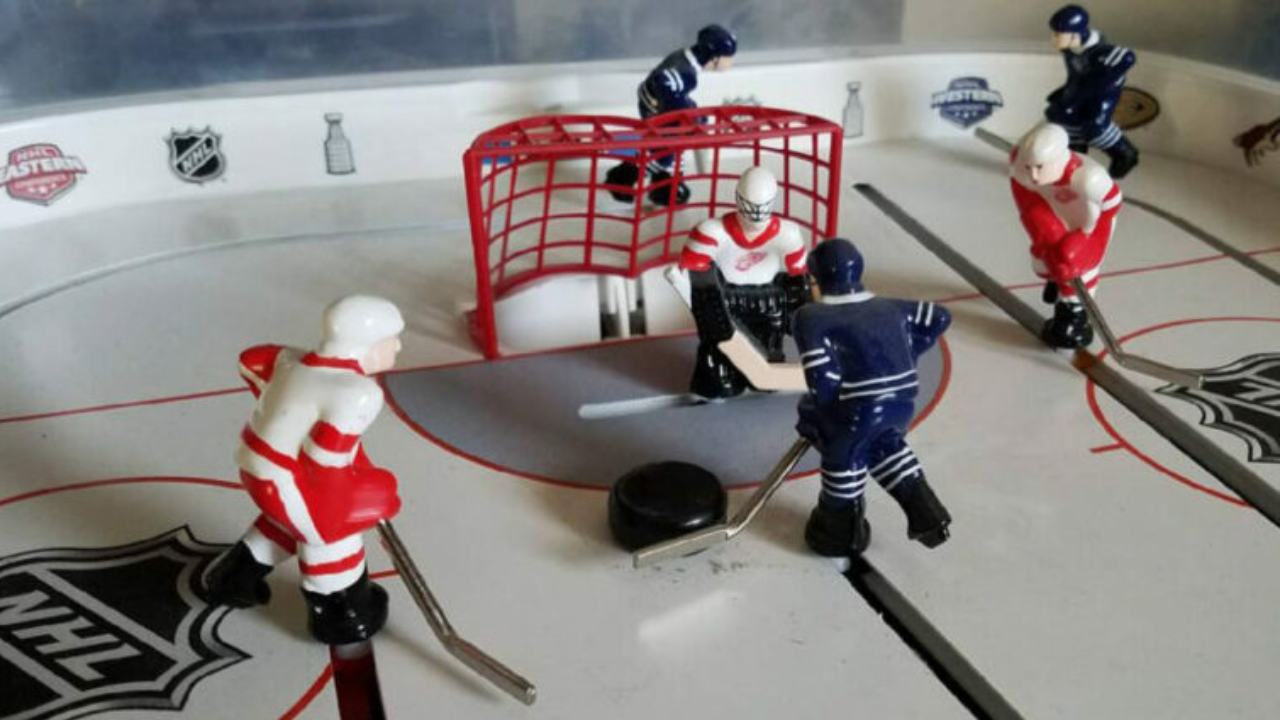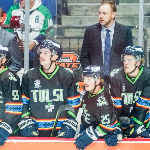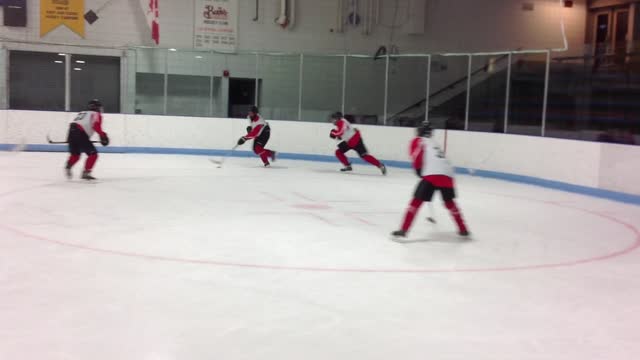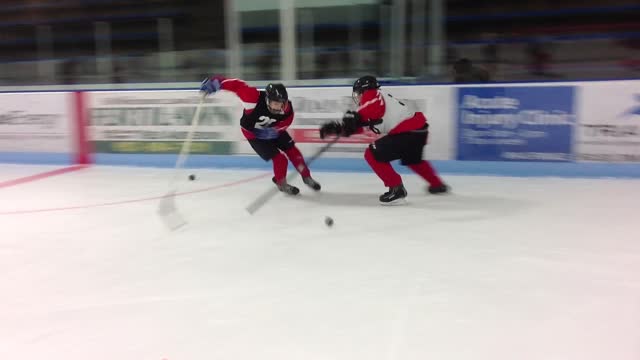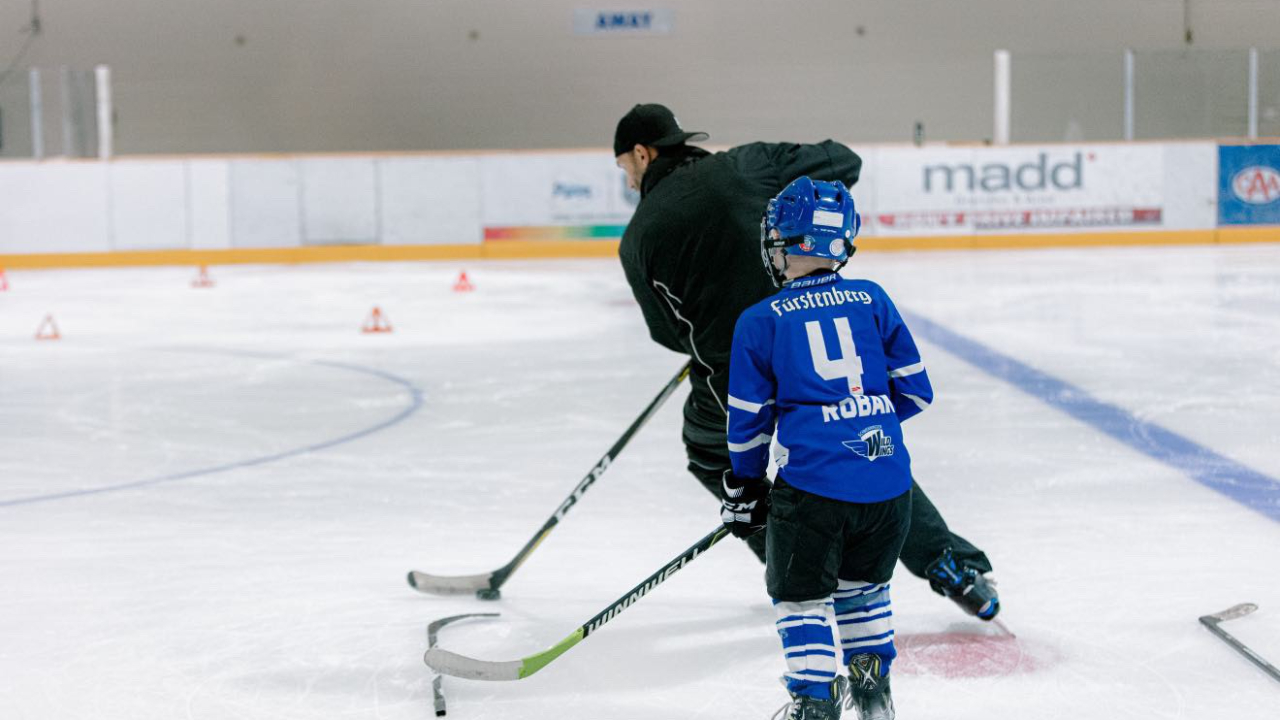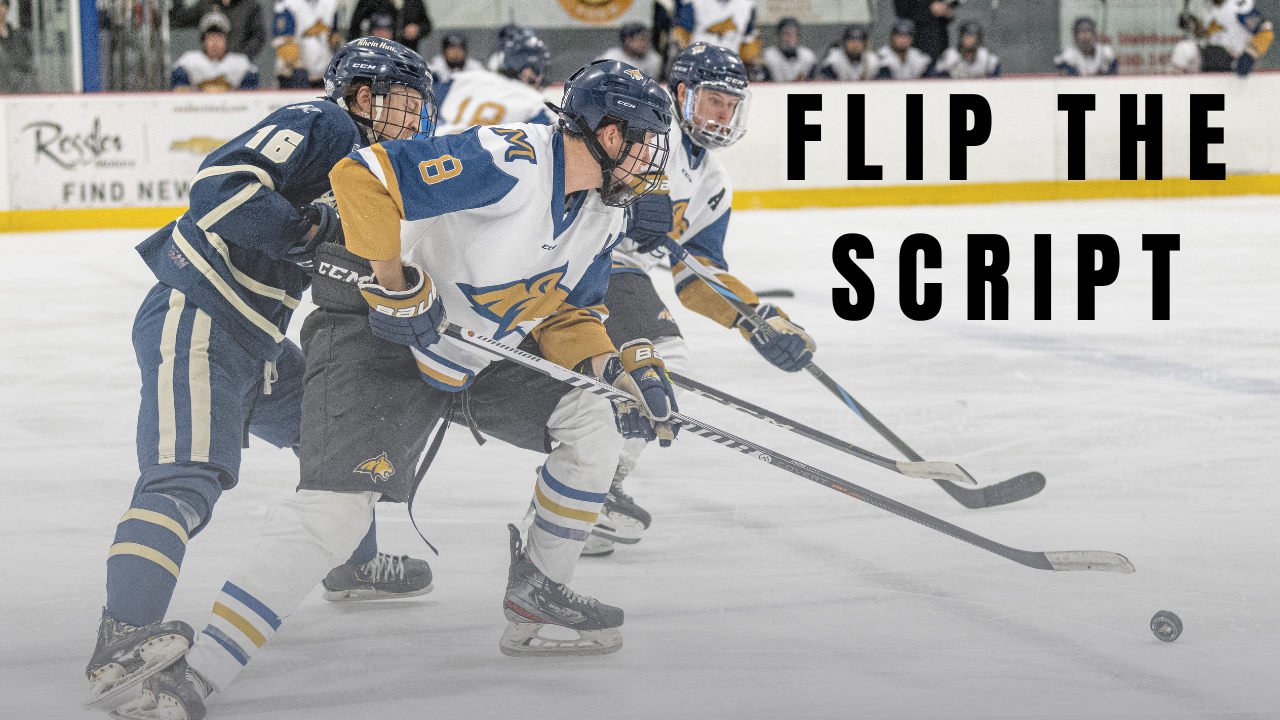
As youth hockey coaches, we’re always looking for ways to boost practice intensity and keep players engaged in practice. One highly effective way is to “flip the script” by starting practice with small-area games instead of saving them for the end. For teams of all ages, this adjustment can make a significant difference in how players approach the rest of practice, raising the overall competition level and creating an atmosphere of excitement that endures through each drill.
Why Start with Small-Area Games?
The concept is simple: by starting practice with a competitive, high-energy game such as 3v3 neutral ice or 3v3 in one zone, players are instantly immersed in a fast-paced, competitive setting that challenges them to make quick decisions and work hard. The goals are twofold. First, beginning with a small-area game captures players’ attention, ramping up engagement so they’re focused and invested from the start. Second, this early competition “flips the switch” on intensity, setting a standard of hard work that carries through to the rest of the session.
Key Considerations for Success
Starting practice with a small-area game requires some planning to ensure players are physically and mentally prepared. Since players may initially feel less warmed up, emphasize a strong off-ice warmup, similar to a pre-game routine, to make sure they’re ready for intense competition. With younger players, it’s also essential to keep the energy lighthearted; a small loss in the game shouldn’t affect morale. Fun incentives like a quick down-and-back for the losing side can keep the competition friendly while maintaining a positive atmosphere.
Transitioning to Game-Like Drills and Battle Stations
Once the small-area game concludes, flow directly into game-situation drills and station work. Players who start with a game tend to carry that focus and intensity into other parts of practice. By following up with battle-oriented drills like wall battles, corner battles, and net-front battles, we ensure they maintain that competitive spirit. Each drill should feel like a natural extension of the initial game, with players seeing each exercise as a challenge and an opportunity to develop the skills that will serve them in real game scenarios.
Adding Gamification for Extra Motivation
To keep engagement high, incorporate scorekeeping and other gamification elements throughout practice. For younger players, add in races to the puck, relay races, or “first to three goals” challenges to drive competitiveness. For example, starting a drill with a race for puck possession that immediately leads into an offensive/defensive battle reinforces the idea that every part of practice simulates real game pressures and stakes.
Results from Flipping the Script
Starting practice with a small-area game can yield impressive results for your team. Players are more engaged and ready to continue for the rest of practice with a ready-to-compete mindset. Intensity levels increase allowing players to take the following drills more seriously, treating each one like an extension of the initial game. Perhaps most importantly, players’ attitudes become noticeably more positive; beginning with a fun, fast-paced game makes practice more enjoyable, and that energy translates into greater receptiveness to coaching and a higher overall work ethic.
Final Thoughts
If you’re looking to raise the level of competition and engagement in practice, consider flipping your routine and opening with a small-area game. Whether it’s a fast-paced 3v3, a neutral-ice battle, or a zone-based scrimmage, starting with competition primes players for a productive, high-energy session. Trying this approach could bring a new level of intensity to your practices, fostering a competitive mindset that benefits players both on and off the ice.

